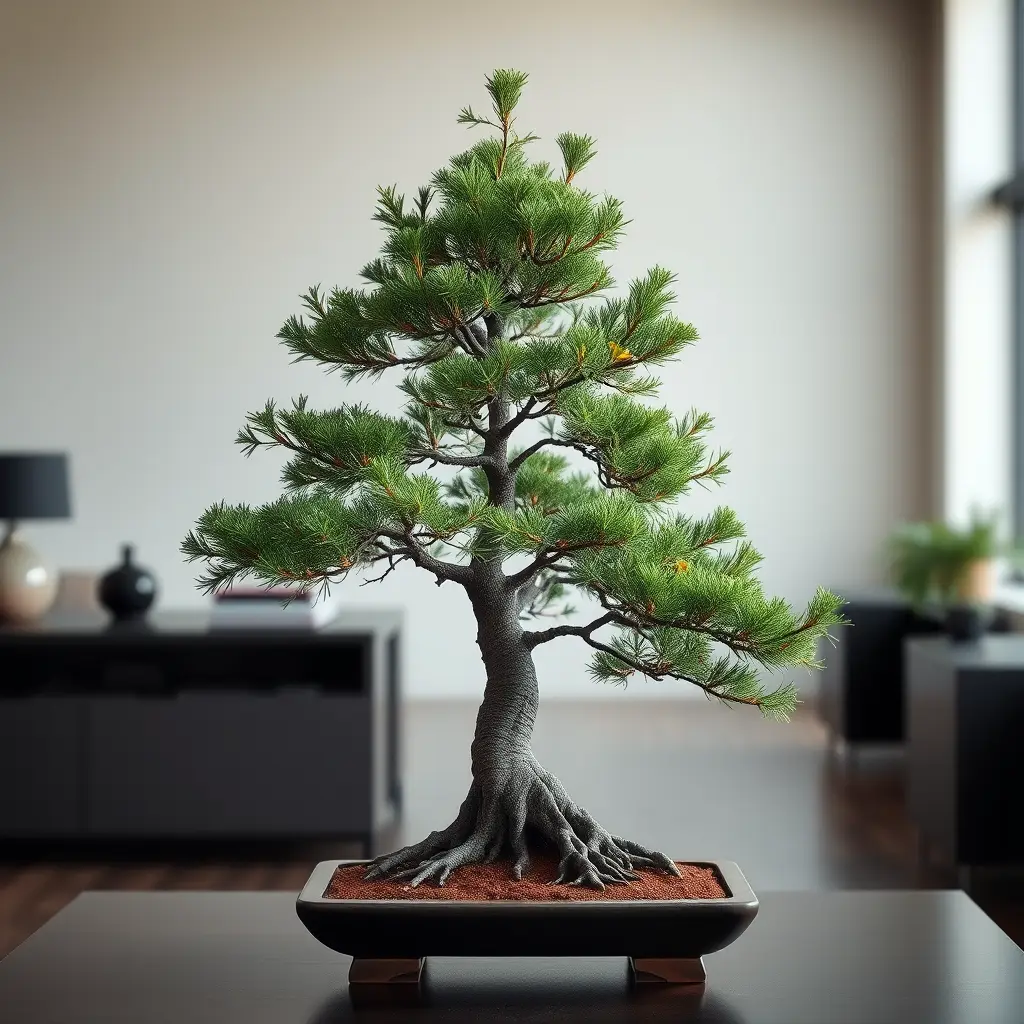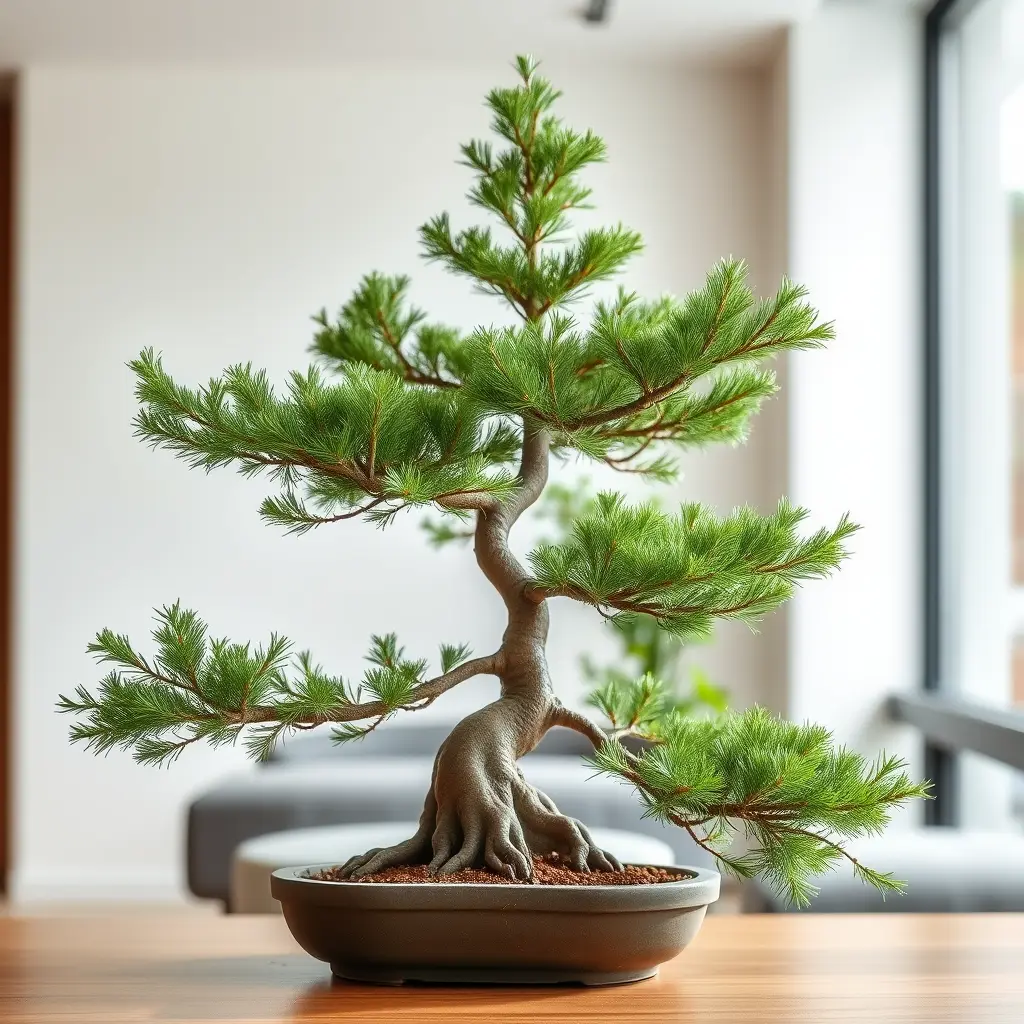Ultimate Guide to Juniper Bonsai Tree Care: Tips for Thriving Growth
Juniper Bonsai trees are a favorite among both novice and experienced bonsai enthusiasts due to their striking appearance and relatively straightforward care requirements. Commonly found in large retail stores, these trees often include varieties such as the Japanese Garden Juniper and the Green Mound Juniper. With their lush green foliage, reddish-brown bark, and unique silvery-white deadwood, Junipers offer a captivating aesthetic that can enhance any garden or indoor space. However, to ensure your Juniper Bonsai thrives, it’s essential to understand its specific care needs.
In this guide, we will explore the fundamental aspects of Juniper Bonsai care, including optimal placement, watering techniques, fertilization, pruning, repotting, and propagation. By following these tips, you can cultivate a healthy and beautiful Juniper Bonsai that flourishes for years to come.
TOC
- Understanding Juniper Bonsai Varieties
- Optimal Placement for Juniper Bonsai
- Watering Techniques for Juniper Bonsai
- Fertilization and Growth Season
- Pruning for Shape and Health
- Repotting Your Juniper Bonsai
- FAQ
- Conclusion
Understanding Juniper Bonsai Varieties
Juniper Bonsai trees come in several popular species, each with its unique characteristics. The most commonly sold varieties include:
- Japanese Garden Juniper: Known for its dense foliage and resilience.
- Green Mound Juniper: Features a compact growth habit, making it ideal for bonsai.
- Chinese Juniper (Juniperus chinensis): Offers a variety of shapes and textures.
- Japanese Shimpaku: Renowned for its beautiful foliage and twisting branches.
These species are favored for their adaptability and aesthetic appeal, making them suitable for both beginners and seasoned bonsai practitioners. When selecting a Juniper for bonsai, consider the specific characteristics of each variety to find the one that best fits your style and care capabilities.
Optimal Placement for Juniper Bonsai
One of the most critical aspects of Juniper Bonsai care is ensuring the tree is placed in the right environment. As a coniferous species, Junipers thrive outdoors year-round. Here are some key placement tips:
- Sunlight: Junipers prefer a sunny position, so place your bonsai where it can receive ample sunlight throughout the day.
- Frost Protection: While Junipers are frost hardy, they should be protected from extreme cold, particularly temperatures around 15°F (-10°C). Consider using protective coverings during harsh winter conditions.
By providing the right outdoor environment, you can help your Juniper Bonsai flourish and maintain its vibrant appearance.
Watering Techniques for Juniper Bonsai
Proper watering is essential for the health of your Juniper Bonsai. Here are some effective watering strategies:
- Generous Watering: Water your Juniper thoroughly whenever the soil feels slightly dry. A good practice is to water, wait a minute, and then water again to ensure the entire root mass is adequately hydrated.
- Avoid Overwatering: While Junipers need moisture, they do not thrive in constantly wet soil. Allow the top layer of soil to dry out slightly before watering again.
- Humidity Considerations: Daily misting can help raise humidity levels, especially after repotting. However, for most outdoor trees, this is not a critical requirement.
By following these watering techniques, you can prevent common issues such as root rot and ensure your Juniper remains healthy.
Fertilization and Growth Season
Fertilizing your Juniper Bonsai is crucial for promoting healthy growth. Here’s how to effectively fertilize your tree:
- Frequency: Fertilize your Juniper once a month during the growth season, which typically runs from early spring to fall.
- Type of Fertilizer: Use a solid and organic fertilizer to provide essential nutrients. This will support the tree's growth and overall health.
Regular fertilization will help your Juniper develop lush foliage and maintain its vibrant color throughout the growing season.
Pruning for Shape and Health
Pruning is an essential practice for maintaining the shape and health of your Juniper Bonsai. Here are some pruning tips:
- Regular Pruning: Throughout the growth season, regularly prune long shoots that extend beyond the desired silhouette. Use sharp scissors to cut these shoots at the base.
- Foliage Pads: Pruning helps develop the foliage pads that are characteristic of well-maintained bonsai trees.
By incorporating regular pruning into your care routine, you can ensure your Juniper maintains its desired shape and continues to thrive.
Repotting Your Juniper Bonsai
Repotting is necessary to keep your Juniper Bonsai healthy and prevent root binding. Here’s when and how to repot:
- Frequency: Repot your Juniper every two years, ideally in early spring.
- Signs of Repotting: If you notice roots circling around the root system, it’s time to repot. If the roots are still contained within the soil, check again the following spring.
Repotting allows for fresh soil and space for growth, which is vital for the longevity of your bonsai.
FAQ
What is the best location for my Juniper Bonsai?
Juniper Bonsai should be placed outdoors in a sunny position to thrive.
How often should I water my Juniper Bonsai?
Water your Juniper generously whenever the soil feels slightly dry, but avoid overwatering.
What type of fertilizer should I use?
Use a solid and organic fertilizer once a month during the growth season.
How do I know when to repot my Juniper Bonsai?
Repot your Juniper every two years or when you see roots circling around the root system.
What should I do if the foliage turns yellow?
Yellowing foliage may indicate insufficient light or improper watering. Ensure your bonsai receives enough sunlight and is watered correctly.
Conclusion
Caring for a Juniper Bonsai can be a rewarding experience, offering both aesthetic pleasure and a connection to nature. By understanding the specific needs of your Juniper, including optimal placement, watering techniques, fertilization, pruning, and repotting, you can cultivate a thriving bonsai that enhances your living space. With regular attention and care, your Juniper Bonsai will not only survive but flourish, becoming a beautiful centerpiece in your garden or home.


